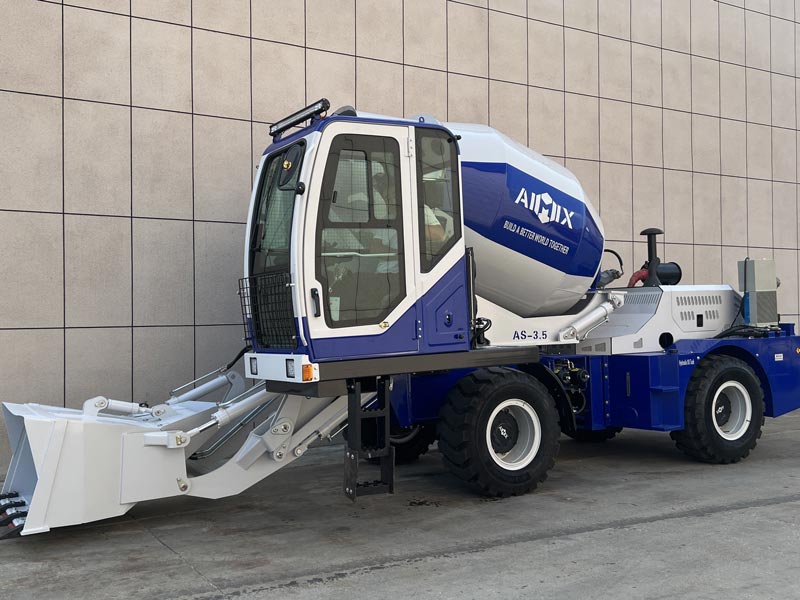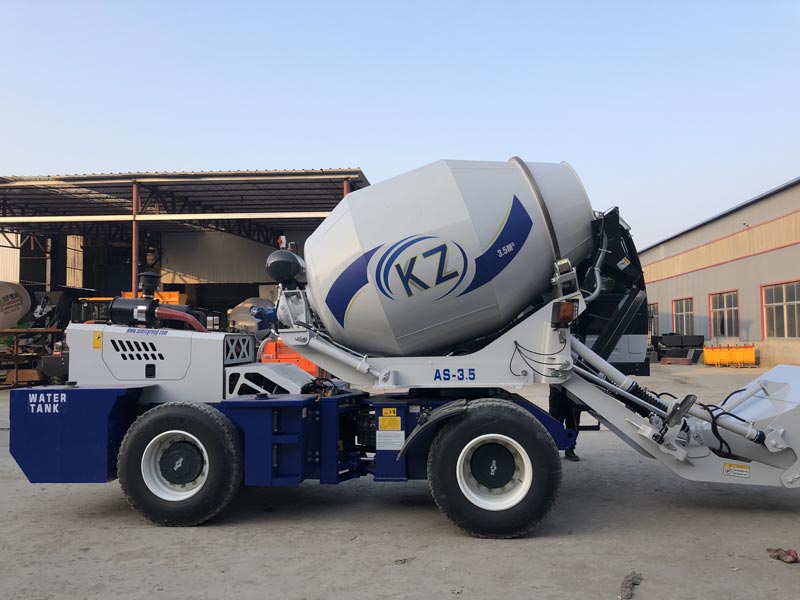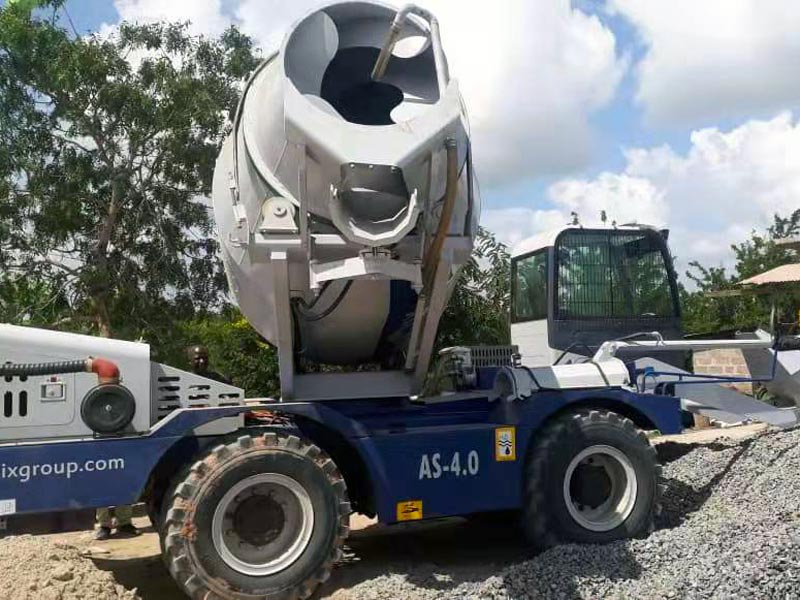Self-loading mixers have revolutionized the construction industry. These versatile machines combine the functions of a concrete mixer and a loader. They offer convenience and efficiency, especially on job sites with limited labor. Understanding the main components of a self-loading concrete mixer can help you make an informed decision when purchasing or operating one.

Chassis
The chassis forms the foundation of a self-loading mixer. It provides structural support and houses various components. A robust chassis ensures stability and durability. Aimix construction equipment manufacturers use high-strength steel to construct the chassis. This choice of material enhances the machine’s longevity and performance.
Frame
The frame is a crucial part of the chassis. It supports the entire structure. The frame must be rigid to withstand operating on uneven terrain. Regular inspection and maintenance of the frame can prevent structural failures.
Axles and Wheels
Axles and wheels enable the mixer to move around the job site. The axles must be strong to support the machine’s weight. Wheels should have good traction to navigate various terrains. Regularly check the axles and wheels for wear and tear.

Engine
The engine powers the self-loading mixer. It drives both the movement and mixing functions. Diesel engines are commonly used due to their efficiency and reliability. A well-maintained engine ensures smooth operation and reduces downtime.
Fuel System
The fuel system supplies diesel to the engine. It includes the fuel tank, fuel pump, and injectors. Ensure the fuel system is clean and free from contaminants. Regularly inspect the fuel lines for leaks.
Cooling System
The cooling system prevents the engine from overheating. It consists of a radiator, coolant, and cooling fan. Monitor the coolant levels and replace them as needed. Check the radiator for obstructions that could impede airflow.
Mixing Drum
The mixing drum is where the concrete mix is prepared. It rotates to mix the ingredients evenly. The drum’s capacity determines how much concrete can be mixed at a time. Regular cleaning of the drum prevents the buildup of hardened concrete.
Drum Rotation Mechanism
The rotation mechanism powers the mixing drum. It usually consists of hydraulic motors and gears. Ensure the hydraulic fluid levels are adequate. Regularly inspect the gears for signs of wear.
Discharge System
The discharge system releases the mixed concrete. It includes a chute and a control mechanism. The chute directs the concrete to the desired location. Regularly check the discharge system for blockages.

Loader
The loader allows the self-loading mixer to scoop materials. This feature eliminates the need for additional loading equipment. The loader arm and bucket must be strong and durable.
Loader Arm
The loader arm lifts and moves materials into the mixing drum. Hydraulic cylinders power the arm’s movement. Check the hydraulic system regularly to ensure smooth operation.
Bucket
The bucket scoops and holds the materials. It should be large enough to handle substantial loads. Inspect the bucket for wear and damage. Replace it if necessary to maintain efficiency.
Weighing System
The weighing system ensures the correct proportions of materials in the mix. Accurate measurements are crucial for the quality of the concrete. The system includes sensors and a display for real-time data.
Sensors
Sensors measure the weight of materials as they are loaded into the drum. These sensors need to be precise for accurate mixing. Regularly calibrate the sensors to ensure they provide correct readings.
Display
The display shows the weight of each material in real time. It helps operators ensure they are adding the right amounts. A clear and easy weighing system of self loading mixer improves operational efficiency.
Control System
The control system manages various functions of the self-loading mixer. It includes levers, buttons, and a display panel. A user-friendly control system enhances operational efficiency.
Levers and Buttons
Levers and buttons control the movement and mixing functions. Ensure they are responsive and easy to operate. Regularly check for signs of wear and replace them if needed.
Display Panel
The display panel provides information about the machine’s status. It shows data like fuel levels and engine temperature. A functional display panel helps in monitoring and maintaining the mixer.
Conclusion
Understanding the main components of a self-loading mixer can help you maintain and operate it efficiently. Regular maintenance and inspections are crucial. By taking care of these components, you can ensure the machine’s longevity and performance.
